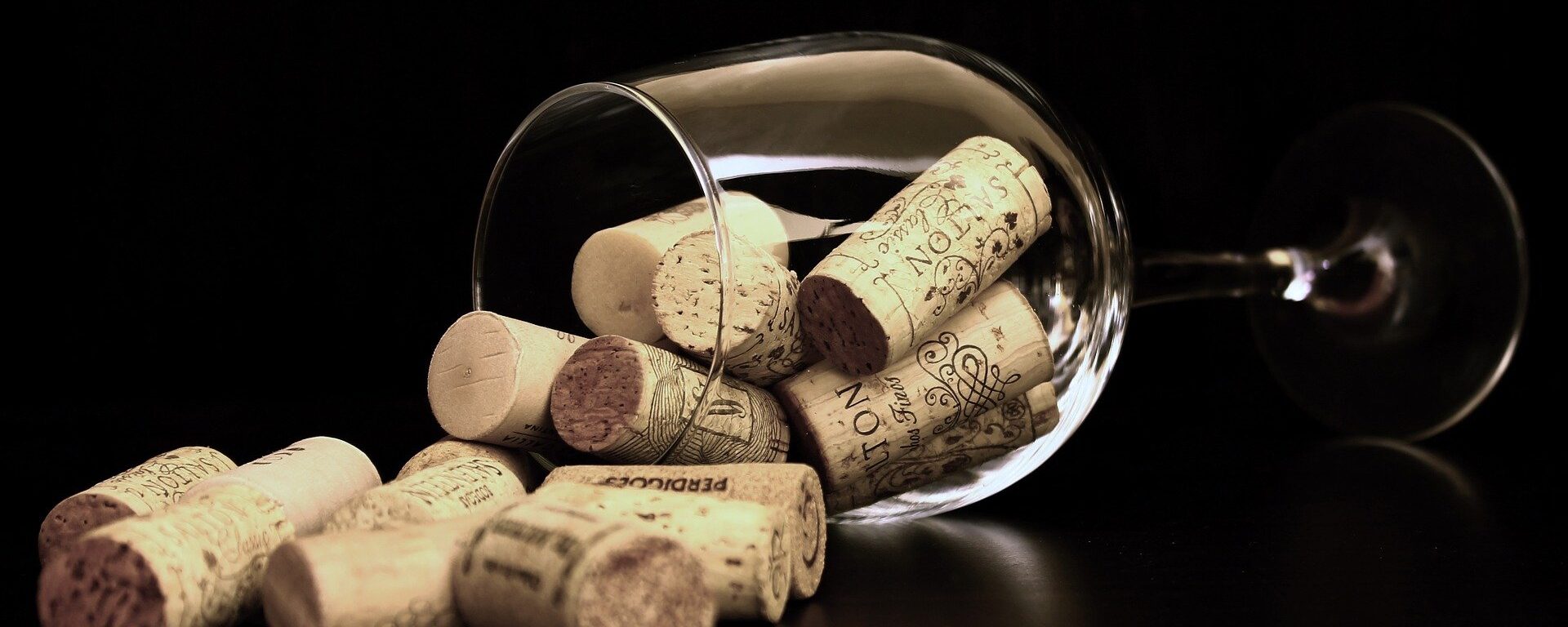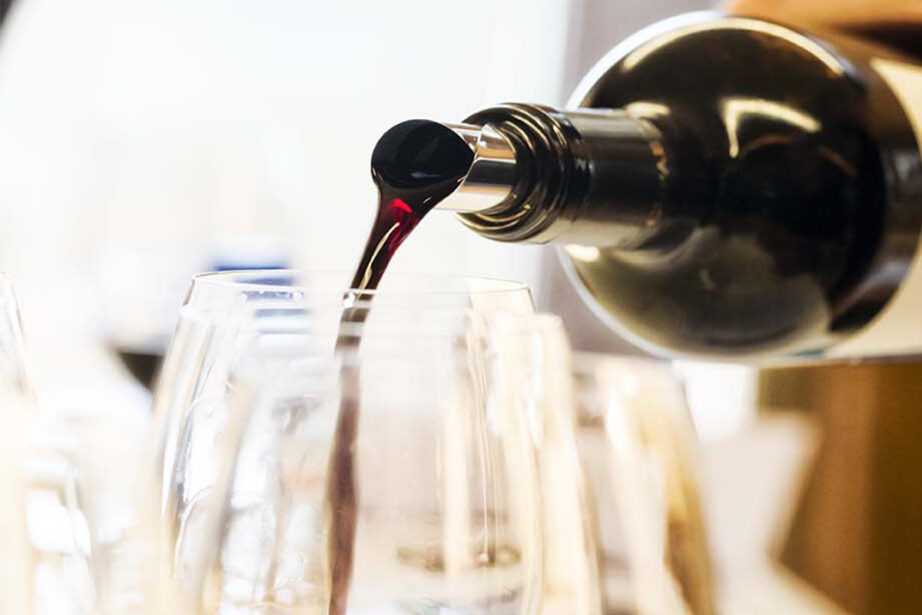Tasting wines, extracting from them all the sensations, visual, olfactory and palate, is an exercise that requires, in the first place, a certain practice, but also focus, calm and relaxation. The rectitude of our homes and the luxury of time allow us to embrace the challenge with the necessary attention.
We had the help of the sommelier, wine writer and critic of Revista de Vinhos, Rodolfo Tristão, a true connoisseur of portuguese wines, that leaves some recommendations for the wine tasting to be both didactic and fun. And recommends some harmonization with dishes you can do at home.
- choose the wine from the cellar that you have at home. If you want some special wine, get it from the online wine shops that deliver it to your home.
- Have at home the recommended equipment, from the corkscrew, glasses and decanter.
- Look for recent wines, because the aromatic intensity is greater and it becomes easier to feel the aromas and flavors, facilitating the tasting.
- If you want to choose different types of wine to taste, follow this order: Sparkling wines, white wines, rosé wines, tan wines, red wines, late harvests and liqueurs.
- If you have more than two glasses, use them. The objective is to have the notion of the importance of the glass in the wine tasting. We propose that you use a more open glass and a more closed glass.
- Pay attention to the service temperatures and consumption of the wines in any situation (be it tasting, in a restaurant or at home). In the case of red wines, if you do not have a wine cellar with controlled temperature, put the wine in the fridge door about 3 to 4 hours before serving. The indicated serving temperatures are the following:
6º/8ºC – sparkling wines
8º/10ºC – white wines
12º/ 14ºC – white wines with wood, tan wines (orange wines)
12º/14ºC – rosé wines
14º/16ºC – young red wines
16º/ 18ºC – red wines
8º/10ºC – late harvests
10º/12ºC – fortified wines (Port, Madeira, Carcavelos and Setúbal) - Serve the same amount in both glasses. Do not shake yet! Enjoy and smell one at a time without taking the glasses.
- Take the glass by the foot, not by the “belly” of the glass because this way you will heat the wine.
- Can you see some tear-shaped filaments going down the walls of the glass? If so, they are called tears, from which we can judge if the wine probably has more or less alcohol. If it runs slowly we can have a wine with more alcohol content. If it is faster, it is the opposite.
- Gently shake the glass in a circular movement (make the same movement for both, alternately). We are releasing the aromatic compounds to be more perceptible to the nose. Smell, placing the nose inside the cup (do it for both).
- Which aromas do you transmit to them? Do you remember aromas of summer, spring? Do you smell the fruit you picked from the tree when you were younger? Do you remember the grandparents’ house? The garden you pass through when you go to work?
- Ingira the wine, “cheek” and taste. In the whites, try to notice if it produces saliva, because when more salivary more acidity (freshness) presents the wine. Try to perceive if it keeps the same flavors that you found in the aroma. In the reds, if you feel the mouth is full, know that it is due to the tannins that cause us the so-called “astringency”.
- In a relaxed way, write in your notebook:
a. At what time of the year would you drink this wine? In summer or winter?
b. Where? Pool, esplanade, fireplace, sofa, at the table!
c. With whom?
d. What music would be nice to hear while tasting the wine?
e. What film or series to accompany it?
f. What food would you serve with this wine?
g. Which glass did you like the most? Why?
- Make the notes in a notebook and give a note to the wine. Use the Revista de Vinhos scoring rules to serve as a guide.
The wines at the table
The wine tasting is over but the final exam is missing: what food is good with this wine? Does it improve with food? The normal is the wine getting better with the right company. For this reason, you may have to choose some dishes, but which ones? How to know which is the most suitable? Let’s give some guidelines to make this part easier and more relaxed. We want you to share the passion of wines with the kitchen. Make that recipe you wanted so much and had no time!
For young white and rosé wines, fresh and easy to taste, you can choose shrimp salads, with cheese or chicken, pasta with tuna, codfish pastries or fish and shrimp rissoles. Couscous with grilled vegetables or quinoa salad with mushrooms can be excellent.
White wines with wooden stage and white tanning are the right choices for fish in the oven, cod in the oven, cod or octopus to the press. Risottos work well. If you want to be daring and think that the wine that has the structure for it, grilled meats can work well, such as duck rice, meat pie, bolognese and vegetarian feijoada. Soft cheeses, cow’s milk or blends are fantastic for the combination.
To accompany young and fruity red wines you can choose grilled meats, pork tenderloin, febras and steak with mustard sauce. If you want meatless dishes, a vegetable garden or mushrooms sautéed with pasta are ideal.
Full-bodied red wines are great for those roasted in the oven, turkey leg or sirloin that you wanted to do so much. Don’t forget the pan dishes, such as feijoadas or jardiners.
If you have time and availability, know that liqueur wines with cheeses are the right choices. For ruby Port Wine, chocolate is king. If it is Port tawny, Madeira or Carcavelos, orange cake, sponge cake and dry cakes work well. With Moscatel de Setúbal and Favaios, soft cheeses, mixed milk and cakes with dried fruits are the right companies.
It is intended to be the easiest to understand if you are an oenophile with little experience.
Do not forget that tasting wine is a pleasure and the more relaxed you are, the better you will understand and perceive the wine. Good tasting!

